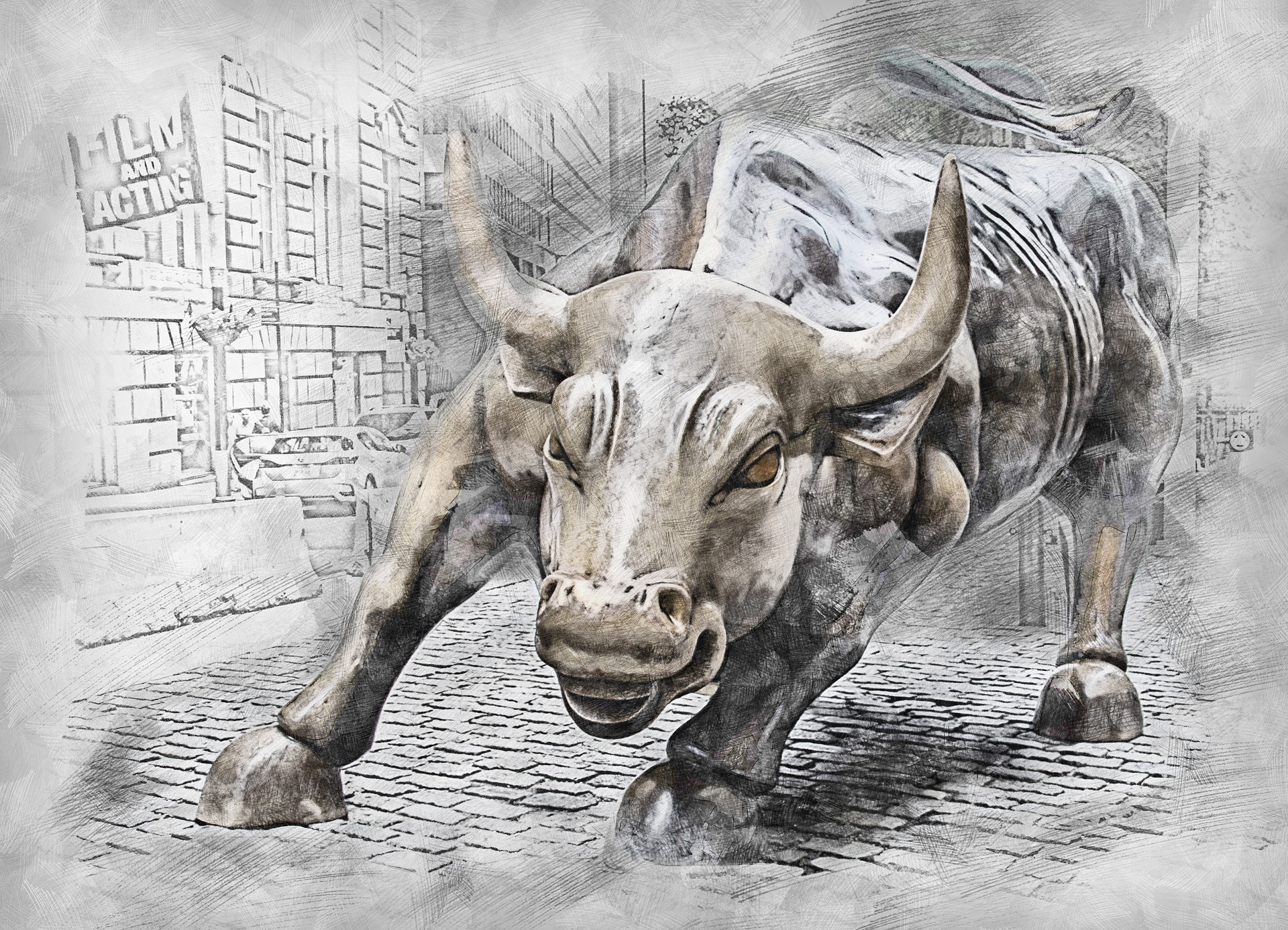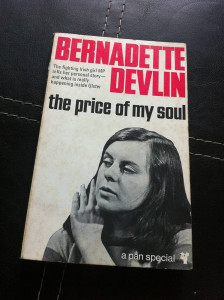Commodity selling and the “Value deficit”
“Price is what you pay. Value is what you get.”
Warren Buffet
In any typical sales meeting or performance review, it is usually that person suffering from falling sales figures who truly believes that the market prices for their product or service are way too high.
The ones enjoying growth on yield, revenue and prospect acquisition tend not to see any problem with price at all.
I call it the “value deficit”
That point where the sales person is unable to fully articulate the real value of the product or service they are selling and as a consequence price becomes the primary determinant in the negotiation.
Thus begins the race to the bottom.
It happens a lot in “commodity ” selling where it is perceived that the negotiation is only about setting a price.
If the seller feels that what they sell is only a commodity then what choice does the customer have but to agree?
Why treat commodity with such distain anyway?
Let us not forget the importance of the “commodity’ at a very basic level within our economy.
Gold.
Oil.
Let’s talk about coffee.
Second only to oil, coffee is the number 2 commodity with daily global consumption rates of 2.25 billion cups.
Before the 1990s, we didn’t drink all that much coffee in Ireland and the UK.
We lived in a world of transport cafes, tea and instant coffee courtesy of Maxwell House.
That was what the experts called “The First Wave”
The First Wave was about access to the product.
“The Second Wave” in the 1990s, was spearheaded by Starbucks, who created that “third space” to give us balance to hectic home and work lives.
Coffee now had a language and was all about the “experience”.
“The Third Wave” was as much a response to bad coffee as it was to the quest for the perfect coffee and if the second wave was all about the coffee experience, the third wave was focused on the coffee itself.
Do the maths.
The cost of a jar of Kenco against the price of a skinny latte from Starbucks against an Americano served up at your local thriving independent hipster café.
Coffee is just a commodity, right?
It is if you think it is.
If you fully appreciate the importance of the growing process, the ethical packaging, optimum water temperature, flavours, recyclable packaging, the conducive environment…as a customer, you see beyond the price and the “commodity status” and see only the value and are more than happy to pay the 25% + premium.
Commodity selling is no different to any other type of selling if you trade price for value.
Price is what you pay for the value you get.







